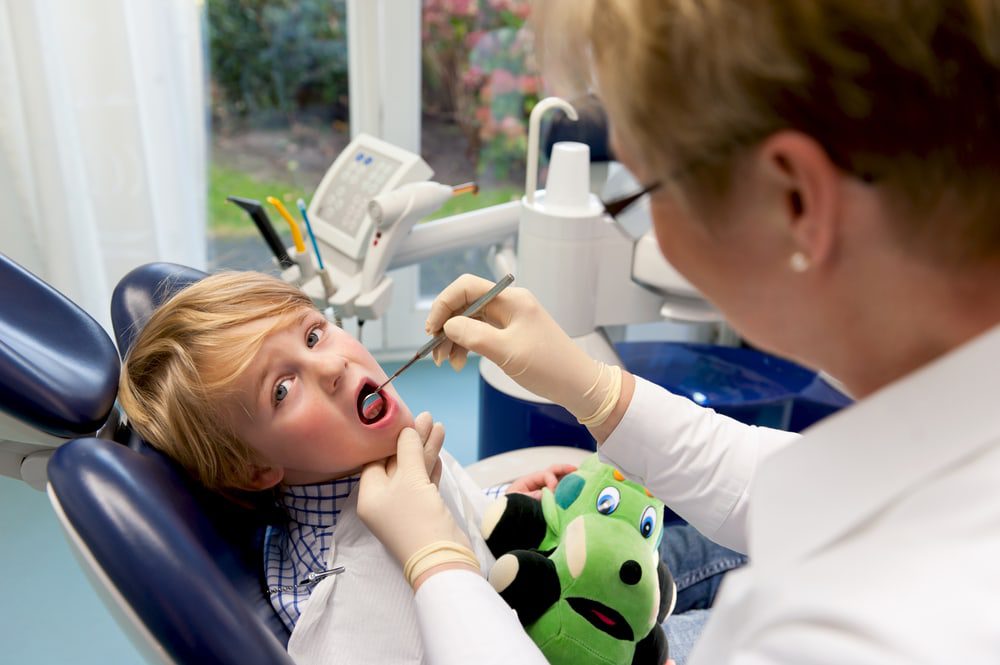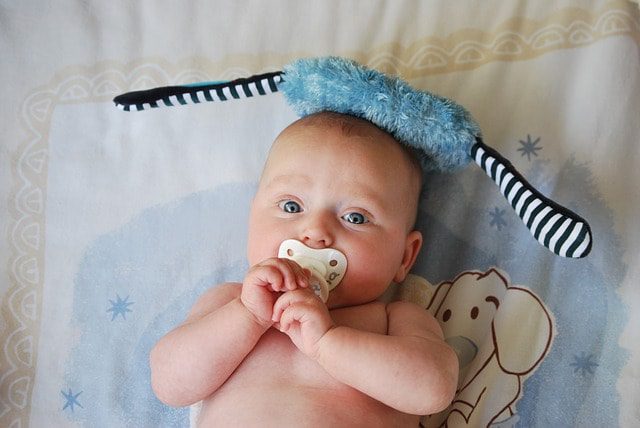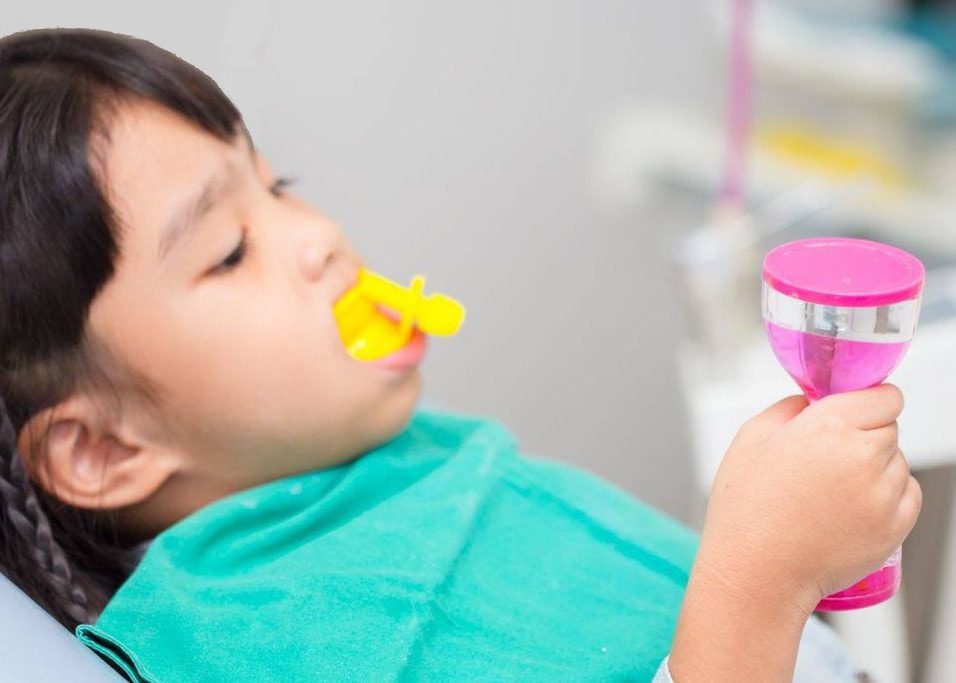If you are a first time parent, it can be extremely difficult to know when and how everything should be progressing. Every new parent is worrying about whether or not their baby is developing normally. One of the most exciting milestones is when your baby starts teething. Although it might be miserable and painful (for both them and you!), your baby’s smile will just light up with she or he starts to have little teeth for you to be proud of.
The First Four Months
During the first few months of your baby’s life, you won’t have to worry about teeth at all! Be grateful. Although teeth are an important and exciting development, you won’t have to worry about the pain of baby bites—or of the constant crying and pain of your baby.
The Rest of the First Year
During the first year, your baby will then gain their central incisors. First, the bottom incisors should come in sometime before the end of month 7. These are then followed by the upper two. Soon, these upper teeth will be joined by two more: one on each side. The last milestone in this time period are the next two teeth on the bottom, in the same position as the most recent top teeth. Don’t worry if these teeth don’t show up until a little while later. While they may make an appearance in the first year, they often don’t join the party until month 15 or 16.
By the end of your baby’s first year, her smile should be full of 6-8 teeth.
Year Two
Here’s where the real fun begins. As your baby gets older and moves into their second year, he will get his first molars in the very back of his top mouth. A few weeks or months later, the bottom molars will come in.
The rest of the second year is full of your child’s mouth just exploding with teeth: upper and lower canines and second molars. While it might take a while for all of these to come in, by the age of 3 your child should have a full set of 20 teeth.
Remember to take your children to the dentist early. Ask questions about the proper progression of your baby’s smile and how to best care for it.




